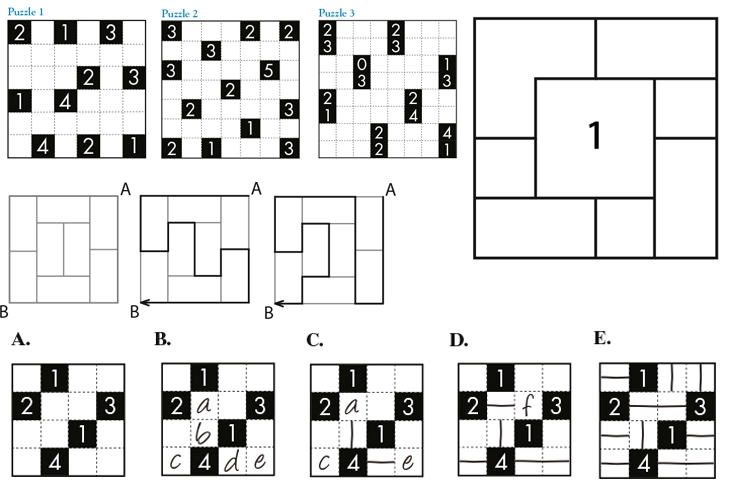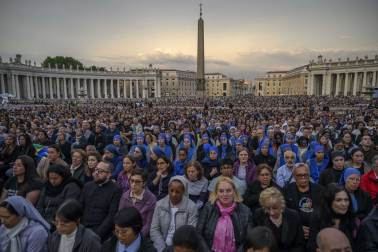Ever since I first visited Japan a decade ago, I have been fascinated by its approach to maths. The Japanese are, on the whole, more comfortable with numbers that we are in the West. Their elevated numeracy is a result of many idiosyncratic factors. Children, for example, are taught their times tables as a nursery rhyme, which seems to have the effect of lodging the numbers more deeply in the brain. Also, about a million Japanese attend after-school clubs to learn to use the abacus.
Another element of Japan’s numerate society is a unique culture of logic puzzles. Japanese logic puzzles — that is, pencil-and-paper puzzles with Japanese names based on grids that you need to fill in — are now known all over the world. Sudoku is the most famous, but open your daily newspaper and you will find others, like Kakuro and KenKen. Even though some of them are not originally from Japan (Sudoku was devised by an American, who called it Number Place), they were all refined by Japanese puzzle masters and became popular thanks to the Japanese market.
Researching my first puzzle book, Can You Solve My Problems?, I became fascinated by the work of Kobon Fujimura and Nob Yoshigahara, two authors from the 20th century who inspired the current generation of Japanese puzzle creators. I discovered the first four puzzles, right, in their books.
My interest in Japan led me to travel there this year to interview the most important people in the current puzzle scene. Over the past couple of decades, the Japanese have invented hundreds of wonderful grid-based logic puzzles, almost all of which are unknown outside Japan. My latest book, Puzzle Ninja, contains more than 200 of these puzzles as well as portraits of the creators.
The fifth puzzle, Walls, far right, is the invention of Naoki Inaba, the most prolific inventor of Japanese logic puzzles.







Comments
Join the debate for just £1 a month
Be part of the conversation with other Spectator readers by getting your first three months for £3.
UNLOCK ACCESS Just £1 a monthAlready a subscriber? Log in